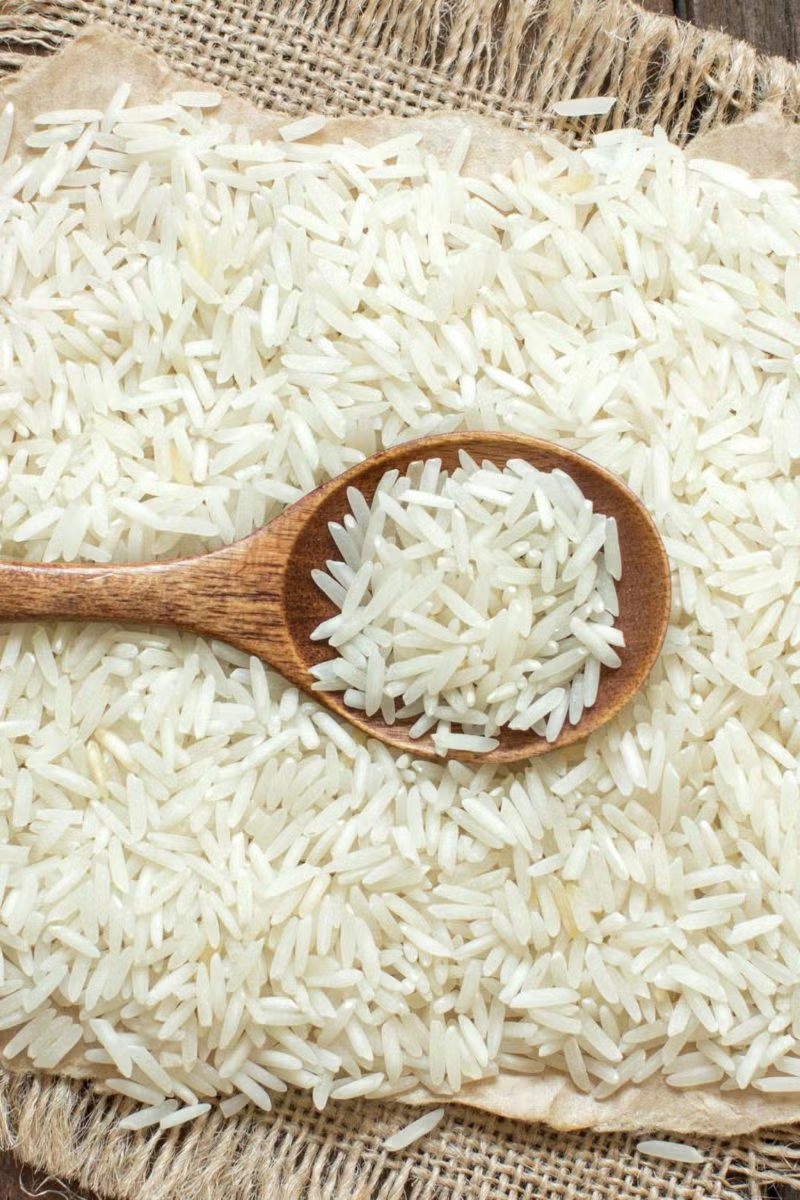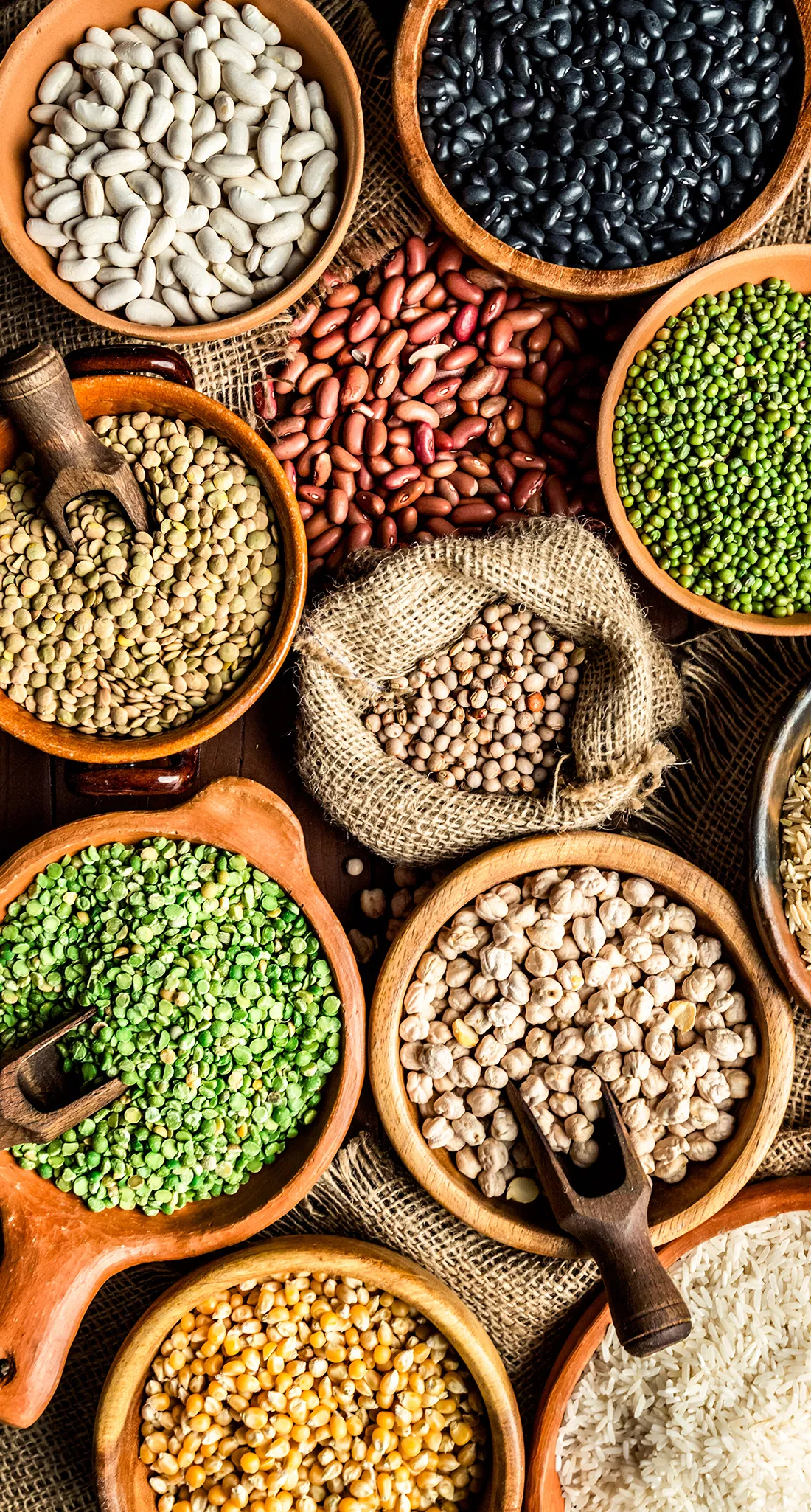1. Wheat
Wheat is one of the most widely grown grains and is the staple food of billions of people. It is used in a variety of products, such as bread, pasta, pastries, and more. There are different types of wheat:
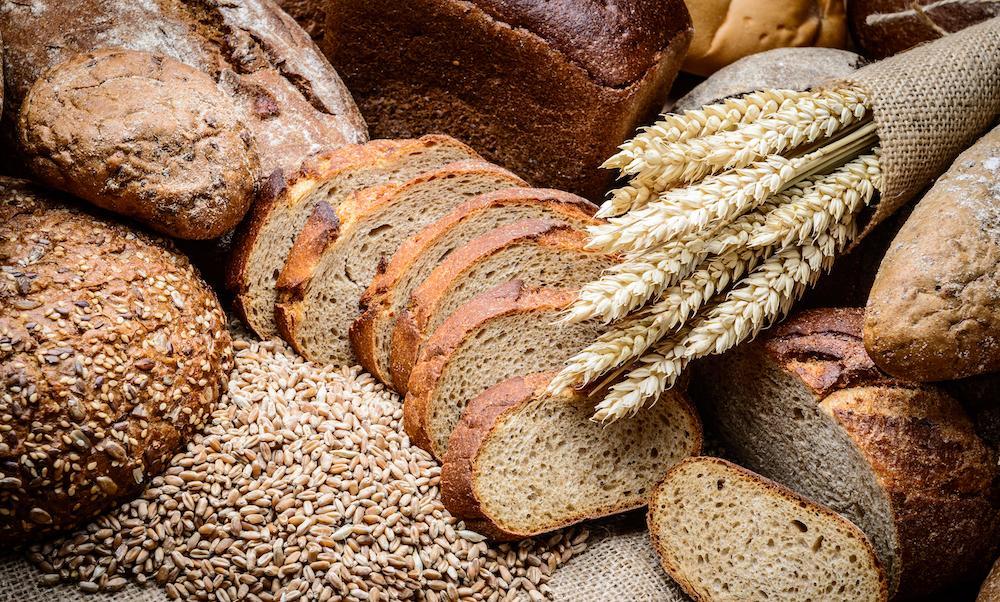
Hard wheat: Higher protein content, used for bread.
Soft wheat: Lower protein, used for cakes and pastries.
Wheat is grown in temperate climates, and it’s typically harvested in summer or early fall.
2. Corn (Maize)

Corn is a versatile crop that is grown in a wide range of climates and has a broad array of uses. It’s not only a major food source but also used for biofuels, livestock feed, and industrial products.
Corn varieties include:
Dent corn: Used for animal feed and industrial products.
Sweet corn: The variety we eat as vegetables.
Popcorn: Specially bred to pop when heated.
Flint corn: Used in cornmeal and as ornamental corn.
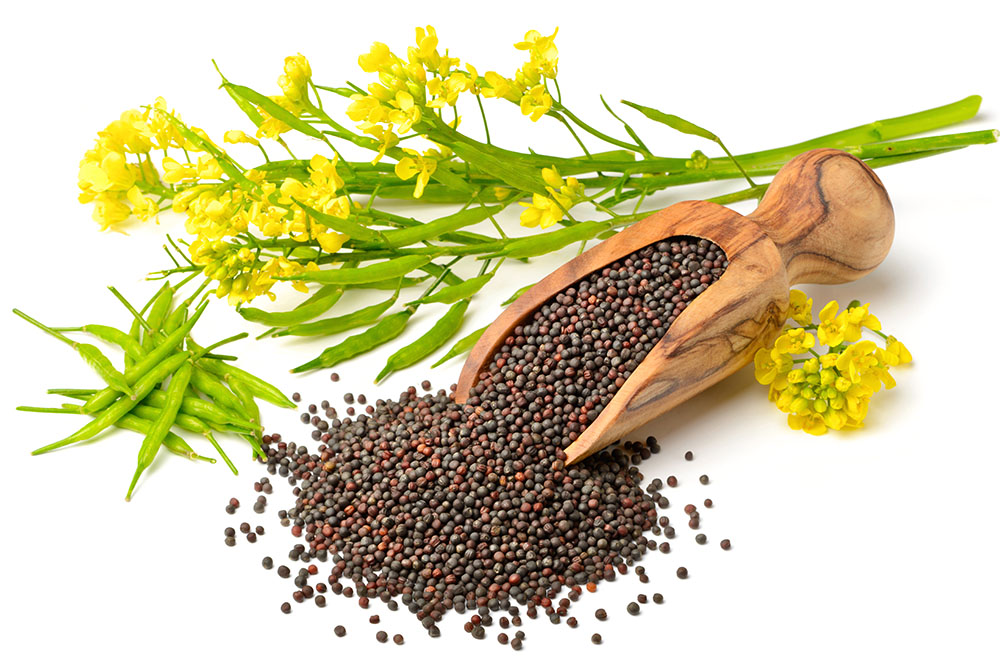
3. Rapeseed (Canola)
Rapeseed is grown primarily for its oil, which is used for cooking and industrial purposes. Canola, a variety of rapeseed, has lower levels of erucic acid, making it safe for human consumption. Canola oil is a popular cooking oil due to its mild flavor and health benefits, including being low in saturated fat. The meal left after oil extraction is used as animal feed.
4. Soybeans
Soybeans are a vital protein source, especially for plant-based diets. They’re used for food products (like tofu, soy milk, and tempeh) and animal feed. Soybeans are rich in oil, which is used for cooking and biodiesel production. The meal, after oil extraction, is a high-protein animal feed. Soybeans are also a major crop for biofuel production and have a role in crop rotation systems due to their ability to fix nitrogen in the soil.
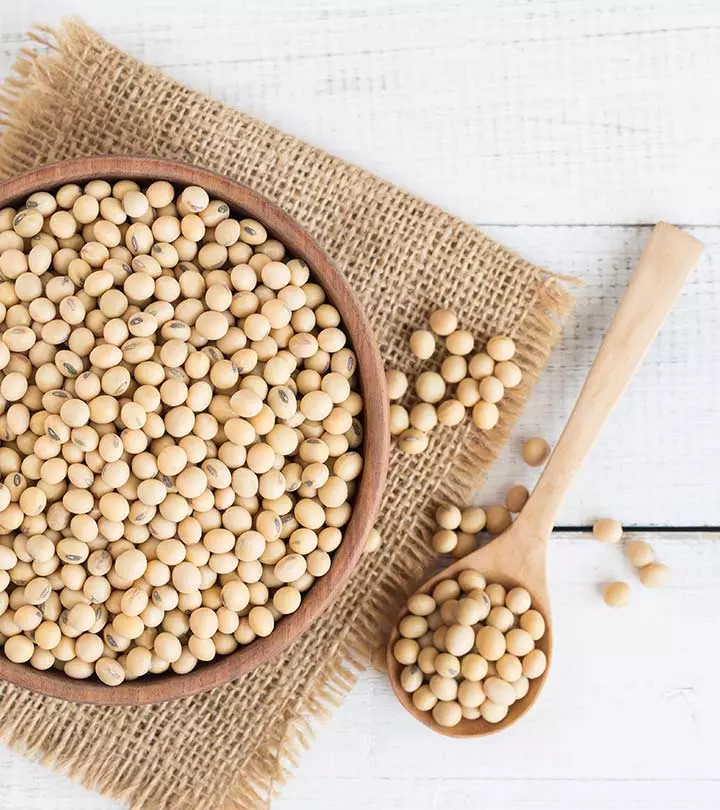
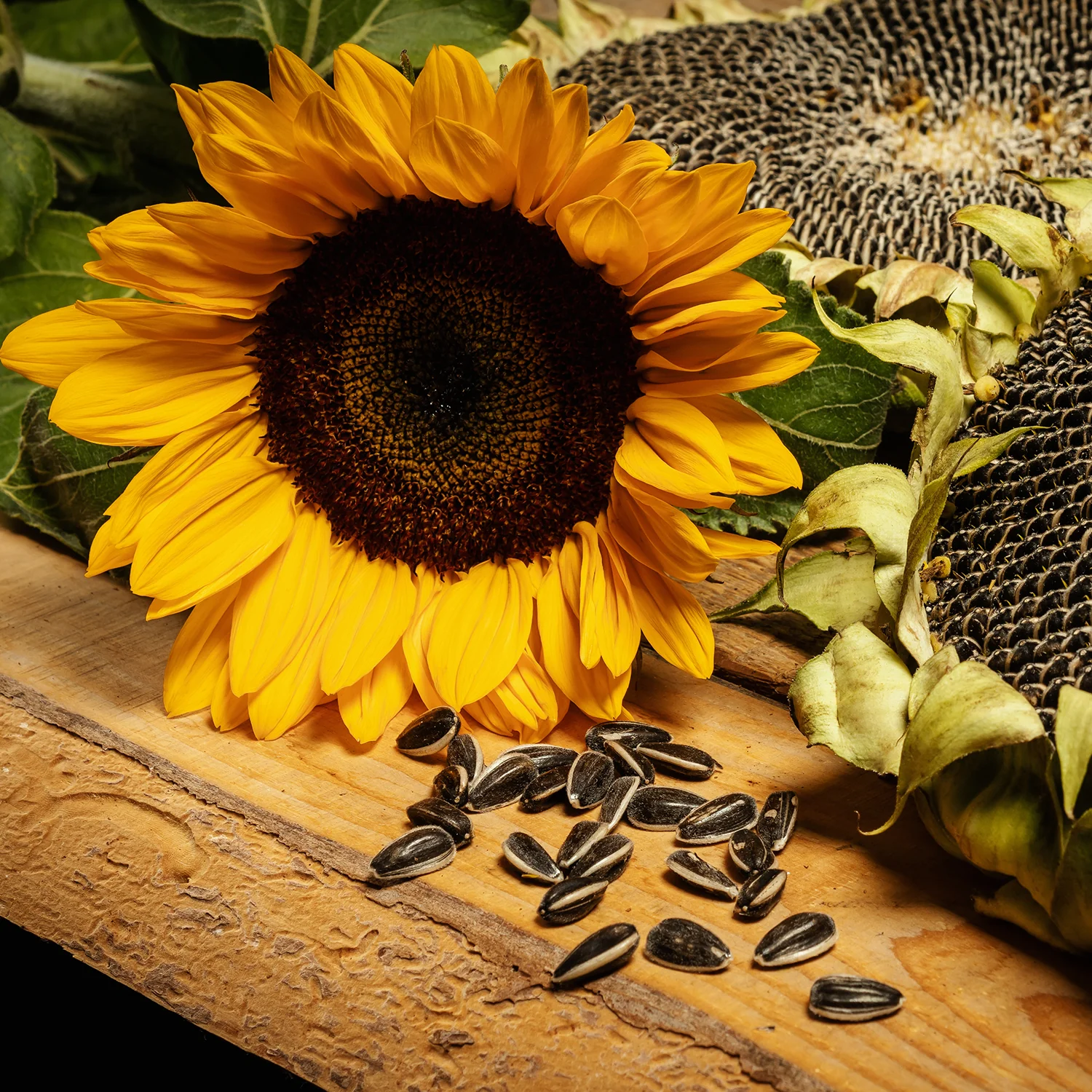
5. Sunflower Seeds
Sunflower seeds are another major oilseed crop, and sunflower oil is widely used for cooking. The seeds are also eaten as snacks, in trail mixes, or used in baking. Sunflowers are grown in temperate climates, and they’re also used in bird feed. The plant has a high yield of oil per acre, making it a valuable crop for oil production.
6. Rice
Rice is a staple food crop, especially in Asia. It’s grown primarily in flooded fields, or paddy fields, which helps control weeds and pests. There are two main types of rice:
• Typically grown in tropical regions and has long grains.
• Grown in temperate regions with shorter, stickier grains.
Rice is a primary carbohydrate source for more than half of the world’s population, and it’s also used in products like rice flour, rice bran oil, and rice noodles.
